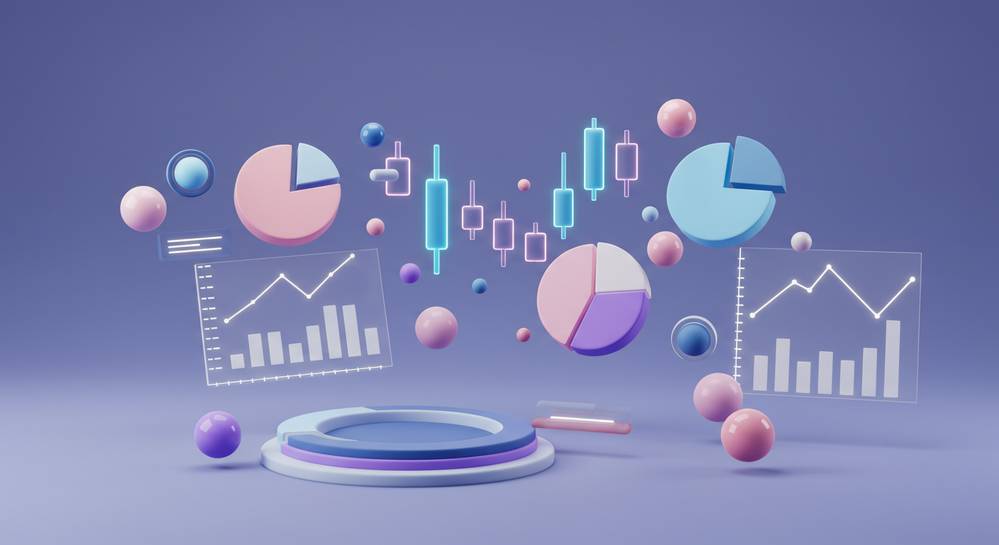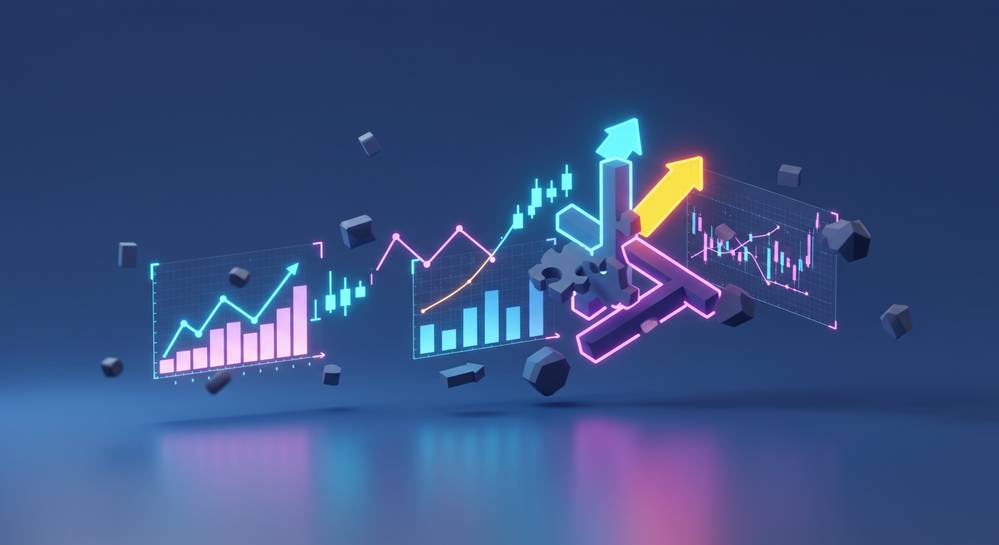Navigating the volatile foreign exchange market requires more than just intuition. It demands a strategic approach powered by the right forex market analysis tools. These resources provide the critical data and insights needed to identify trends, manage risk, and execute informed trades. This guide will break down the essential tools every trader should have in their arsenal, from technical indicators to fundamental data sources.
Why analysis tools are crucial for forex trading

Trading in the foreign exchange market without the right instruments is akin to navigating a storm without a compass. Forex analysis tools are not optional add-ons; they are fundamental components of a successful trading career. They provide the framework for making objective, data-driven decisions rather than relying on emotion or guesswork. By leveraging these tools, traders can effectively:
- Identify High-Probability Opportunities: Tools help pinpoint potential entry and exit points based on historical data and recurring patterns, increasing the likelihood of a profitable trade.
- Manage Risk: By setting stop-loss and take-profit levels derived from technical analysis, traders can protect their capital from significant downturns.
- Understand Market Sentiment: Certain tools provide insight into the collective mood of the market, helping to gauge whether a currency pair is likely to rise or fall.
Ultimately, these instruments transform raw market data into actionable intelligence. This process highlights the importance of financial market analysis, forming the bedrock of any coherent trading plan and separating speculation from strategy.
Essential tools for technical analysis

Technical analysis involves evaluating assets by analyzing statistics from market activity, such as past prices and volume. The forex market analysis tools in this category help traders visualize price action to forecast future movements. Mastering these instruments is a key step, and many are included in the undefined.
Charting platforms: The traders canvas
A charting platform is the primary interface for any technical analyst. It provides a visual representation of a currency pair’s price history. Leading platforms like MetaTrader or TradingView offer customizable charts, drawing tools, and integrated indicators, allowing for direct analysis on the price chart.
Indicators and oscillators
Indicators are mathematical calculations based on price or volume that help identify trading signals. They generally fall into several categories:
- Trend Indicators: Tools like Moving Averages help confirm the direction and strength of a market trend.
- Momentum Oscillators: The Relative Strength Index (RSI) measures the speed of price changes to identify overbought or oversold conditions.
Pattern recognition tools
These simpler tools involve drawing trend lines to identify support and resistance levels. Recognizing classic chart patterns like triangles can also provide strong clues about potential market reversals or continuations.
Key tools for fundamental analysis
While technical analysis studies charts, fundamental analysis examines the core economic and political forces driving currency values. These forex market analysis tools help traders understand the why behind market movements, focusing on macroeconomic data and geopolitical events. This approach is crucial for building a long-term market perspective.
Economic calendars
This is an essential tool for any fundamental analyst. An economic calendar lists scheduled data releases that impact currency values, such as interest rate decisions, GDP reports, and inflation figures. Traders use it to anticipate volatility and understand undefined, planning trades around major announcements.
News feeds and market reports
Real-time news is vital for reacting to sudden market shifts. Reputable financial news providers offer instant updates on geopolitical events and policy changes. A reliable feed allows traders to respond quickly to unexpected developments that are not yet reflected in price charts.
Central bank statements
Official communications from central banks can significantly move the market. Traders analyze speeches and meeting minutes for clues about future monetary policy. A hawkish tone might signal interest rate hikes, strengthening a currency, while a dovish tone suggests the opposite.
Integrating tools into a winning trading strategy

Successful traders rarely use one type of analysis in isolation. They synthesize information from multiple sources to build a robust market view. The goal is to use technical and fundamental forex market analysis tools in a complementary fashion, creating a more reliable trading strategy. This integrated approach helps validate signals and improve decision making accuracy.
Combining analysis for confirmation
A powerful approach is using fundamental analysis to form a directional bias. For instance, positive economic data might suggest a currency will strengthen. Then, use technical analysis to pinpoint a precise entry point. A trader might wait for a bullish signal from an indicator or a breakout above a key resistance level before committing to a trade.
Developing a personalized toolkit
There is no single best set of tools. An effective strategy involves selecting a few reliable indicators that align with your trading style. A short-term day trader will prioritize different tools than a long-term position trader. The key is to master your chosen instruments and use them consistently within a disciplined plan. Backtesting a strategy with specific tools on historical data is an excellent way to build confidence.
The most effective traders dont rely on a single instrument; they build a comprehensive toolkit. By combining technical indicators with fundamental data, you transform speculation into a calculated strategy. This integrated approach is your key to navigating the market with greater confidence and precision. For more expert insights and daily analysis, visit Forex Trend News.

